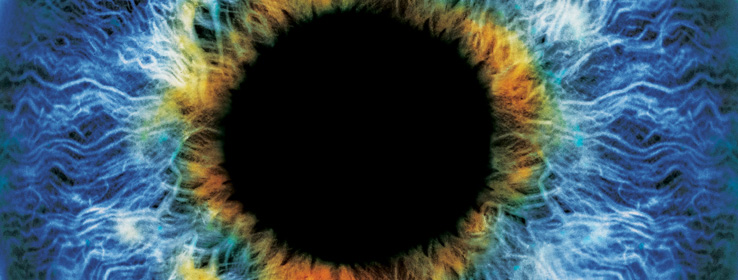A look at how color is produced through different mixing processes, including additive, subtractive and optical.
Color is so elemental that it's hard to believe it's not an intrinsic property of an object. An object doesn't "have" color; rather, its surface reflects a certain wavelength of light and absorbs all the others. The eye receives the reflected wavelength of light and the brain interprets it as a color.
Additive color mixing, or let there be light!
White light contains the full spectrum of colors – red, orange, yellow, green, blue and violet. However, red, green and blue are considered the additive "primary" colors of the color spectrum. This is because, by varying the amount of red, green and blue light in a combination, all of the colors in the visible spectrum can be produced.
The key principle of additive color mixing is this: The eye adds together the different wavelengths of the light it receives, and it is this total light sensation that the mind interprets as a color. So for example, when red light and green light are combined, the brain perceives the resulting light as yellow. Additive colors always get lighter when mixed.
Subtractive color mixing, or what's left?
Subtractive color mixing describes the process of producing colors by mixing light-absorbing substances. The key principle of subtractive color mixing is that it occurs outside the eye and brain. When we physically mix pigments, dyes or inks, we combine their light-absorbing behavior: Each absorbs (subtracts) light that would normally be reflected by the other. Thus, the only wavelengths of light that can be reflected by the mixture are those wavelengths that both substances reflected before they were mixed. Here are two examples:
As we learned above in additive color mixing, a yellow paint reflects significant amounts of "green" and "red" light, stimulating the G and R cones in the eye, but not the B cones. A magenta paint reflects significant amounts of "blue" and "red" light, stimulating the B and R cones, but not the G cones. So, when a yellow and magenta paint are mixed, the yellow cancels out the "blue" reflectance in the magenta, and the magenta cancels out the "green" reflectance in the yellow. The common resulting reflectance is in the "red" part of the color spectrum.
A red paint reflects light only from the "red" end of the spectrum, stimulating the R cones in the eye, but not the G or B cones. A blue paint reflects significant amounts of "blue" and "green" light, stimulating the G and B cones, but not the R cones. Because these two paints have no reflectance in common, mixing them results in black.
Optical color mixing, or the best of both color worlds
Optical color mixing combines features of both additive and subtractive color mixing. It's achieved when small dots of pure complementary pigments are applied close together on a surface. From a distance, the eye will merge the colors to form new colors. By letting the eye do the mixing rather than using physically mixed colors, optical color mixing allows more light to reach the eye, resulting in greater vibrancy and luminosity.
For more information:
Handprint: additive & subtractive color mixing (http://www.handprint.com)
Pantone: Color Think Tank (http://www.pantone.com)








